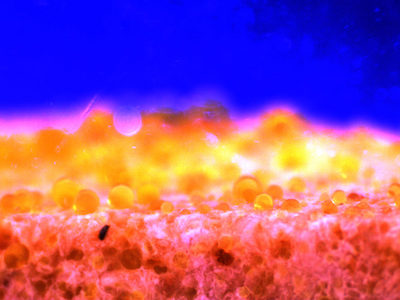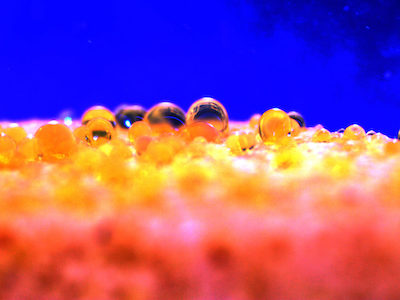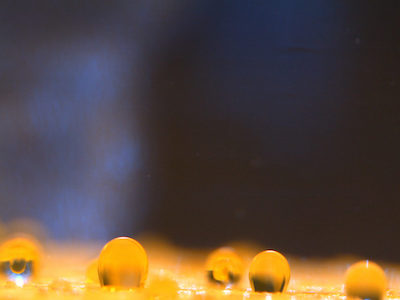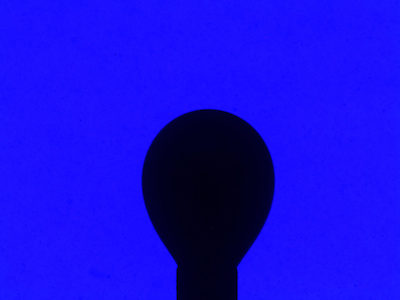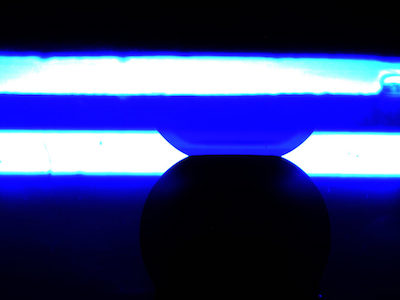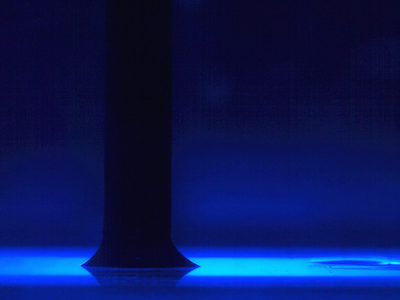The knowledge of fluid properties and the wettability state of petroleum reservoirs is very important in the upstream processes of the oil and gas industry. Interfacial tension (IFT) is a property of the interface between two immiscible phases. The injection of the surface active agents, surfactants, into the reservoir results in a lower interfacial tension between the crude oil and the brine thereby decreasing the capillary forces and mobilizing the trapped oil. The wettability state of a solid surface is the preference of that surface for wetting by a certain fluid. Contact angle (CA) measurements are the primary approach in wettability studies. The degree of wetting when solid and liquid phases come in contact is defined by the contact angle.
Interfacial tension and contact angle are among the most influential parameters that considerably affect the fluid flow characteristics and subsequently the ultimate oil recovery from reservoir formations. These two parameters strongly depend on temperature, pressure and fluid composition. As a result, to accurately estimate the interfacial tension and contact angle under extreme reservoir conditions, specific equipment is needed which can handle high temperatures and pressures. The experimental stations at the COIFPM can handle high pressures of up to 7500 psi, high temperatures of up to 200 °C, and deal with highly corrosive fluids. The systems are equipped with in-line density measurement modules, microscopes, high-resolution charge-coupled device (CCD) digital color cameras, temperature control systems to maintain an accurate and stable temperature inside the measurement cell, and dual-cylinder pulse-free Quizix pumps to provide precise and stable flow rates and pressures. The Leica LAS software, LabVIEW program, and IFT/CA analysis programs are used to capture and analyze images and to record temperature and pressure conditions. The IFT analysis program uses Axisymmetric Drop Shape Analysis (ADSA) to calculate the interfacial tension value of liquid-liquid systems from the shape of the drop. The technique fits the best theoretical curves to the experimental profiles, allowing the IFT analysis program accurately calculate the interfacial tension using the best fitted curve as well as the density difference between the two phases. The results from these experimental stations provide a better understanding of fluid-fluid and rock-fluid interfacial interactions at reservoir conditions.
GALLERY
